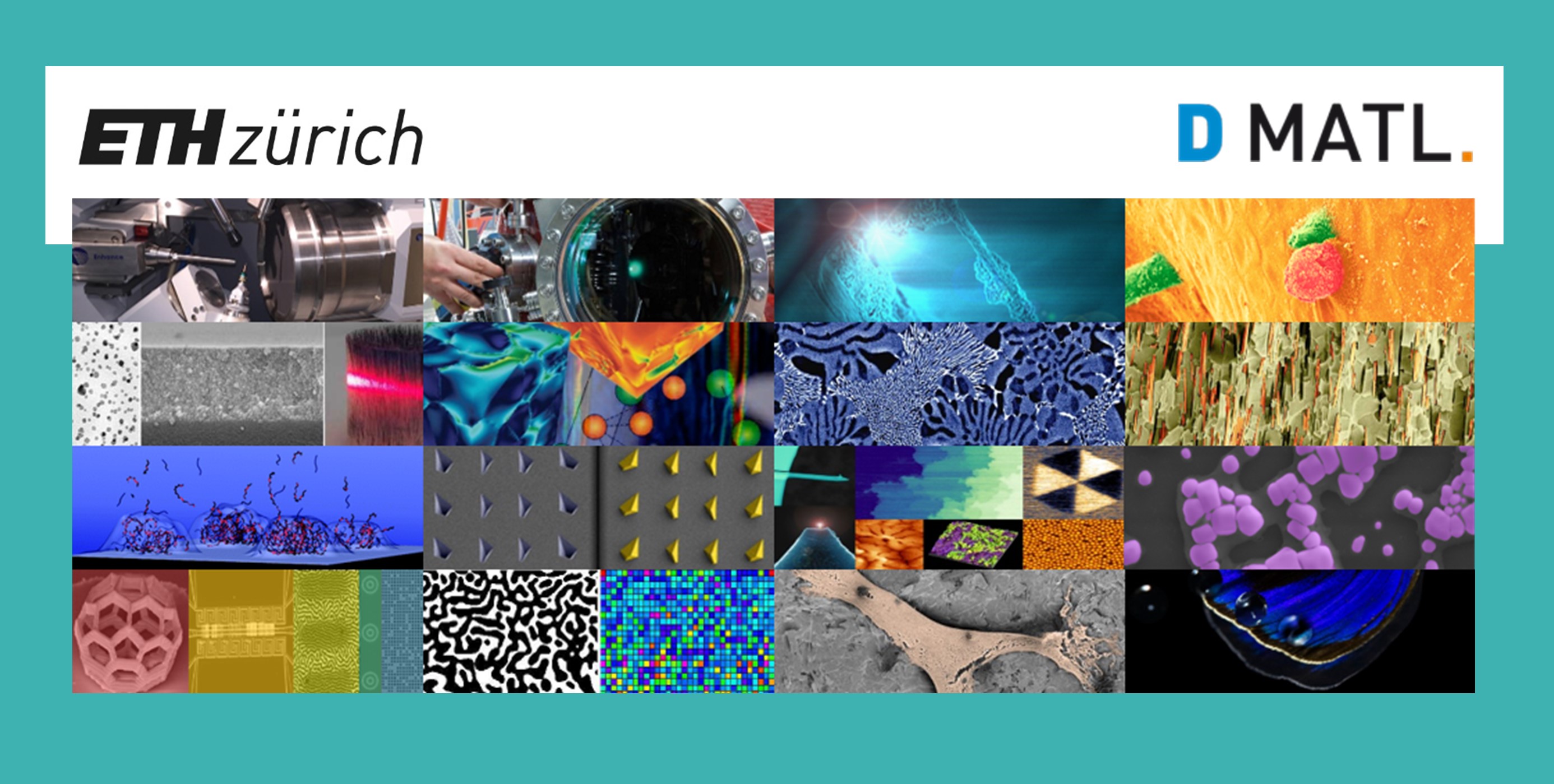Prof. Dr. Janos Vörös (D-ITET)
Embedding metal nanowires into elastomeric materials not only enables a new class of stretchable electronic devices with up to 500% stretchability, or strain sensors with Gauge factors of over 100 but it also brings interesting material science questions and challenges.1
A simple fabrication method has been developed to produce various opto-electronic components using wax-pattern assisted filtration.2 The resulting devices are soft and can be made of biocompatible materials therefore they are also ideal for in vivo applications. For example, electrode arrays made of such composites can be used to stimulate and record from the brain.3 In addition, passive strain sensors can be created to wirelessly measure the filing level of the bladder in handicapped users.4
[1] Stretchable silver nanowire-elastomer composite microelectrodes with tailored electrical properties V. Martinez, et al., ACS Applied Materials & Interfaces, 7 (24):13467–13475. 2015.
[2] Fast and efficient fabrication of intrinsically stretchable multilayer circuit boards by wax pattern assisted filtration; K. Tybrandt , et al; Small 12(2), 180-184, 2016
[3 ]High‐Density Stretchable Electrode Grids for Chronic Neural Recording; K. Tybrandt, et al.; Advanced Materials, 2018. DOI: 10.1002/adma.201706520
[4] Soft Electronic Strain Sensor with Chipless Wireless Readout: Toward Real‐Time Monitoring of Bladder Volume; F. Stauffer, et al.; Advanced Materials Technologies, 2018. doi.org/10.1002/admt.201800031
